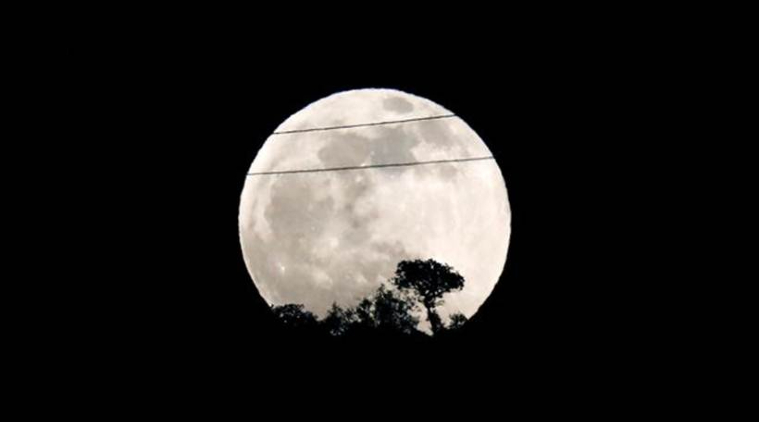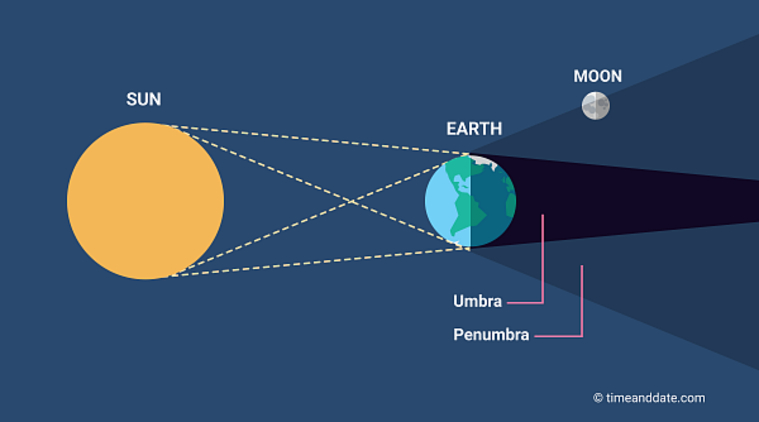 Lunar Eclipse 2020 Date, Timings in India: The full moon is seen rising behind a tree during the penumbral lunar eclipse in Ronda, near Malaga, southern Spain January 10, 2020. REUTERS/Jon Nazca
Lunar Eclipse 2020 Date, Timings in India: The full moon is seen rising behind a tree during the penumbral lunar eclipse in Ronda, near Malaga, southern Spain January 10, 2020. REUTERS/Jon Nazca
Lunar Eclipse 2020 Date and Time in India: We witnessed the first lunar eclipse of the year 2020 in the month of January and the next lunar eclipse is scheduled to occur between June 5 and June 6. Just like the first eclipse, the upcoming lunar eclipse will be a penumbral one, which is a bit hard to distinguish from a normal Full Moon. It happens when the Moon moves through the faint outer part of the Earth’s shadow.
When and where to watch
According to timeanddate.com, the penumbral lunar eclipse of June can be witnessed from Asia, Australia, Europe, and Africa. During the maximum phase of this eclipse, the Moon will turn a shade darker.
The upcoming penumbral lunar eclipse will occur between June 5 and June 6, 2020. It will start at 11:15 pm on June 5 as per the Indian Standard Timing (IST) and reach the maximum eclipse at 12:54 am on June 6 when the faint shadow completely engulfs the Moon. The penumbral eclipse will end at 2:34 am on June 6, 2020.
 How penumbral lunar eclipse happens. (Image: timeanddate.com)
How penumbral lunar eclipse happens. (Image: timeanddate.com)
How does lunar eclipse occur?
During a full Moon, when the Moon, the Erath, and the Sun form a straight line and the Earth comes between the Sun and the Moon, the lunar eclipse takes place. The Earth blocks the Sun’s rays from directly reaching the Moon, casting a shadow on the Moon. Based on the alignment of the three celstial bodies, there are three kinds of lunar eclipses– total lunar eclipse, partial lunar eclipse, and penumbral lunar eclipse.
What is a penumbral lunar eclipse?
A penumbral lunar eclipse happens when the Sun, Earth, and the Moon are imperfectly aligned and the Earth blocks some of the Sun’s light from directly reaching the Moon with the outer part of its shadow. This part is called the penumbra and thus comes the name penumbral lunar eclipse. Since the penumbra is much fainter than the dark core of the Earth’s shadow, a penumbral eclipse is hard to distinguish from the normal Full Moon.
Apart from this lunar eclipse in June, the year 2020 has two more lunar eclipses to come. The third lunar eclipse of 2020 will occur in July and the fourth and last lunar eclipse will occur in November 2020. These two eclipses are also penumbral ones.